

Damion Smy
Chinese vacuum cleaner maker teases 1000hp electric supercar
1 Hour Ago
The next-gen Mitsubisni Triton ute is undergoing testing ahead of its launch, either this year or in 2023.

News Editor


News Editor
Mitsubishi is eager to claw back the number three ute spot in Australia, and a new-generation Triton could help it dispatch the interloping Isuzu D-Max.
The new Triton has been spied testing in mule form in northern Sweden.
Although its sheetmetal looks familiar, with Mirage headlights on a current-generation ute body, the wheelbase and track of this mule appear different.
The redesigned Triton is expected to share a platform with the next Nissan Navara and could offer a plug-in hybrid down the track.
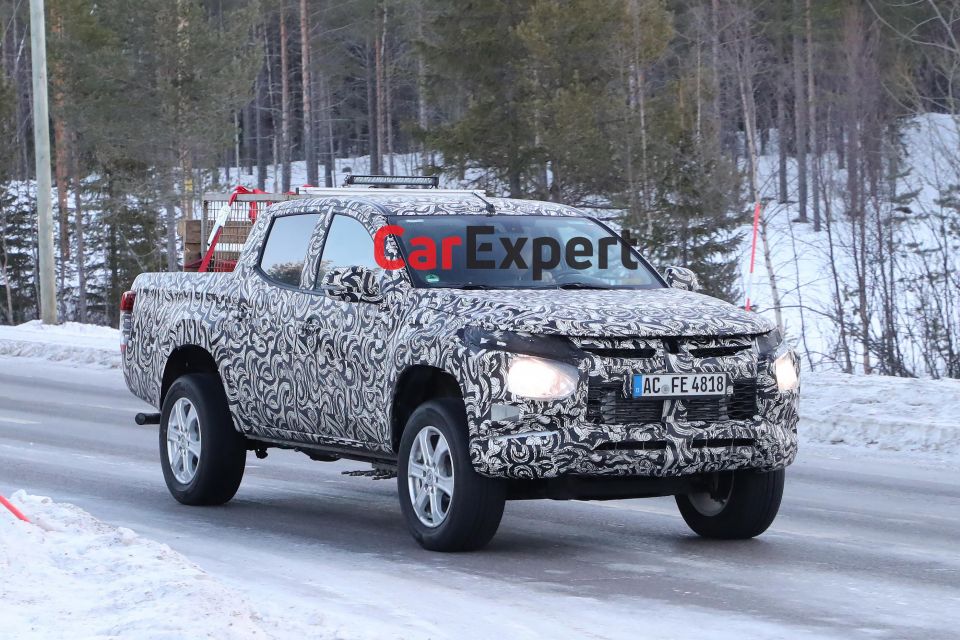
The diesel launch model, which is of far more importance here for now, has been reported as set for a late 2022 or a 2023 premiere.
Mitsubishi Australia says it’s been involved in the new Triton project since the beginning, as well.
“Triton is a really important product for us, and it’s a really important product for MMC globally, so we’ve been part of that project since day one,” Mitsubishi Australia head of product strategy Owen Thomson told CarExpert last year.
“It’s all about the specification, even to the extent of styling. We’ve had a number of trips to Japan to review the styling model, and had input into that,” he said.
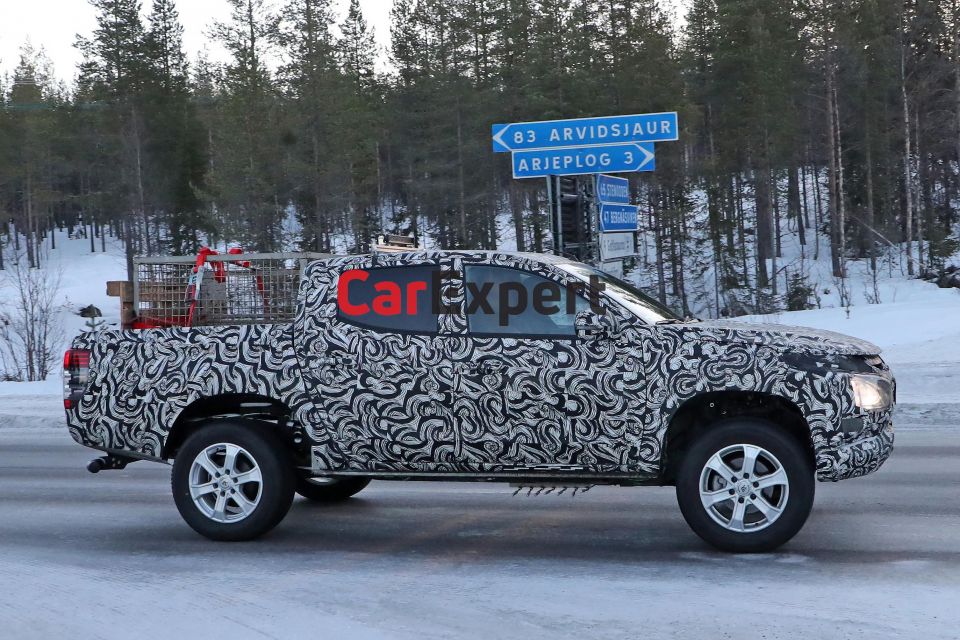
Mitsubishi Australia has also indicated local testing will be done, and a local suspension tune seems almost certain.
For the company, meeting the demands of its big Australian fleet buyers is a critical cog in the development process of its strong-selling ute.
Though Mitsubishi is somewhat of a plug-in hybrid pioneer, it mightn’t be the first to the Australian market with a PHEV ute as Ford is readying a plug-in hybrid Ranger for a European launch by 2024.
“It’s clear that some time during this decade there’s going to be all forms of electrification of utes, it’s just a matter of what form that will take and when it happens,” said
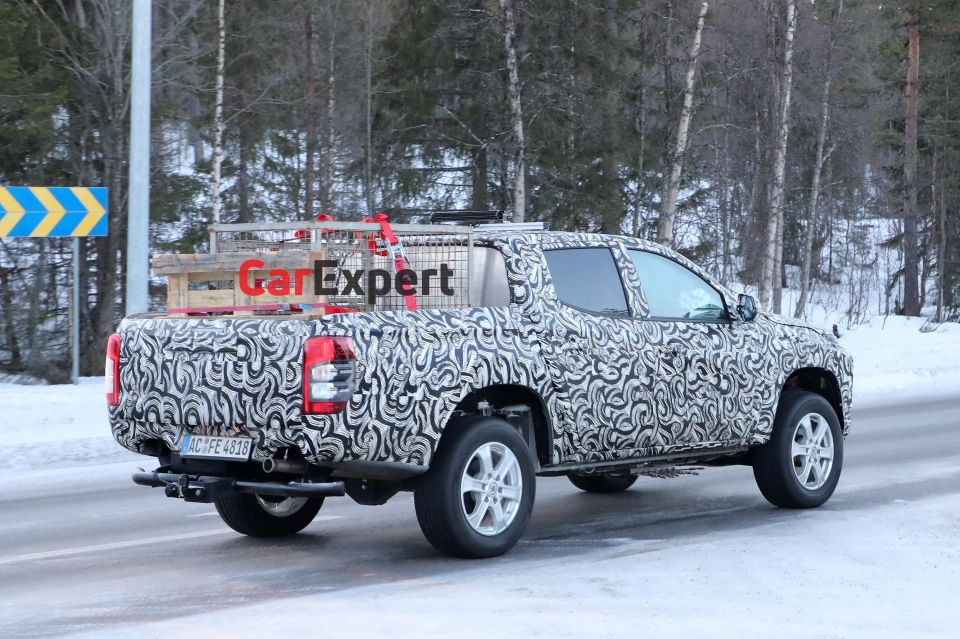
“It’s been under consideration from day one in the Triton plan,” he added.
Plug-in hybrids offer daily EV capacity with a combustion engine-generator backup for longer trips, while the onboard battery facilitates vehicle-to-grid charging and can theoretically power tools and other equipment on board.
Mr Thomson said a PHEV ute would likely appeal more to people in urban areas, with those working in mines and farms preferring diesel because they don’t want to store explosive materials on site.
The company has also said PHEVs represent a gateway to EVs. Some companies, like General Motors and Ford, have skipped plug-in hybrids entirely and are instead rolling out electric utes, albeit in the full-sized segment.
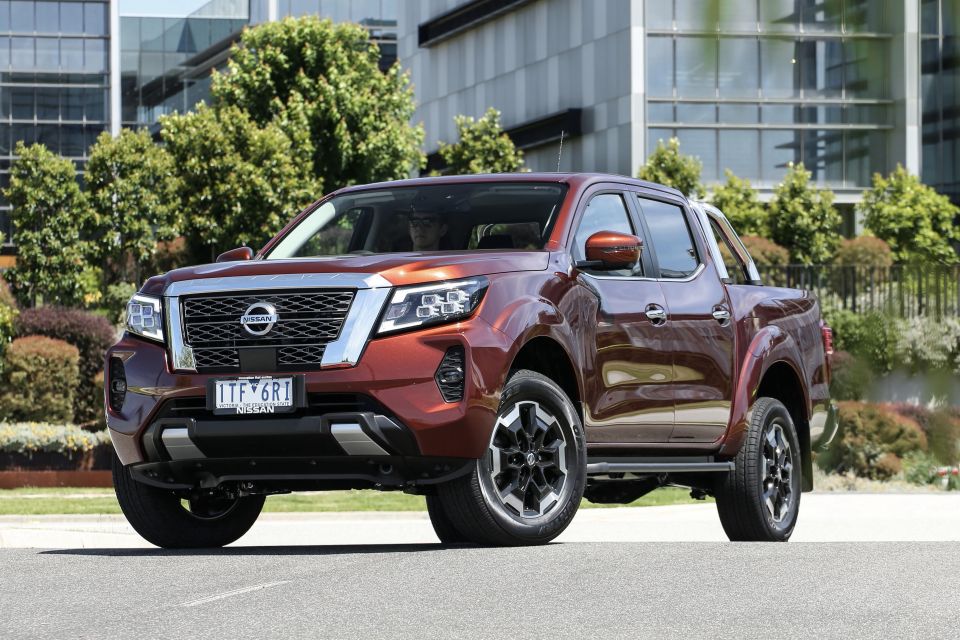
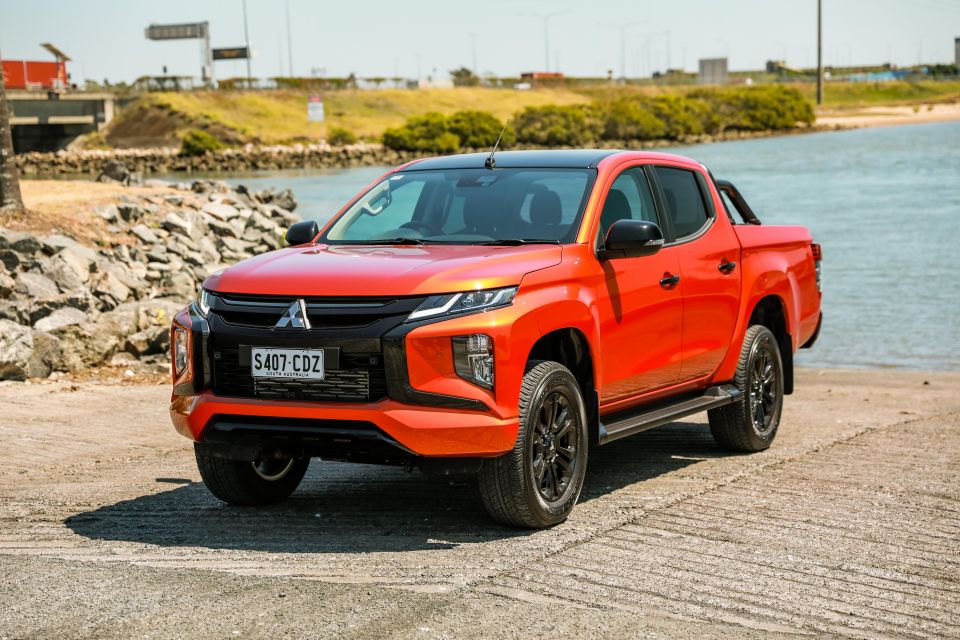
The next Triton and Navara won’t be as closely related as, say, the Renault Trafic, Mitsubishi Express and Nissan Primastar, which differ primarily in badging.
Mitsubishi could lead development of the vehicle, given its strength in the southeast Asian and Australian markets where the majority of Triton sales are.
Nissan CEO Makoto Uchida said future vehicles in the Renault-Nissan-Mitsubishi Alliance, in addition to using shared underpinnings, could share items like doors but will otherwise be styled distinctly from each other.
Nissan COO Ashwani Gupta also said in 2020 his company was working closely with Mitsubishi to use common powertrains, transmissions and modules across the next Triton and Navara.
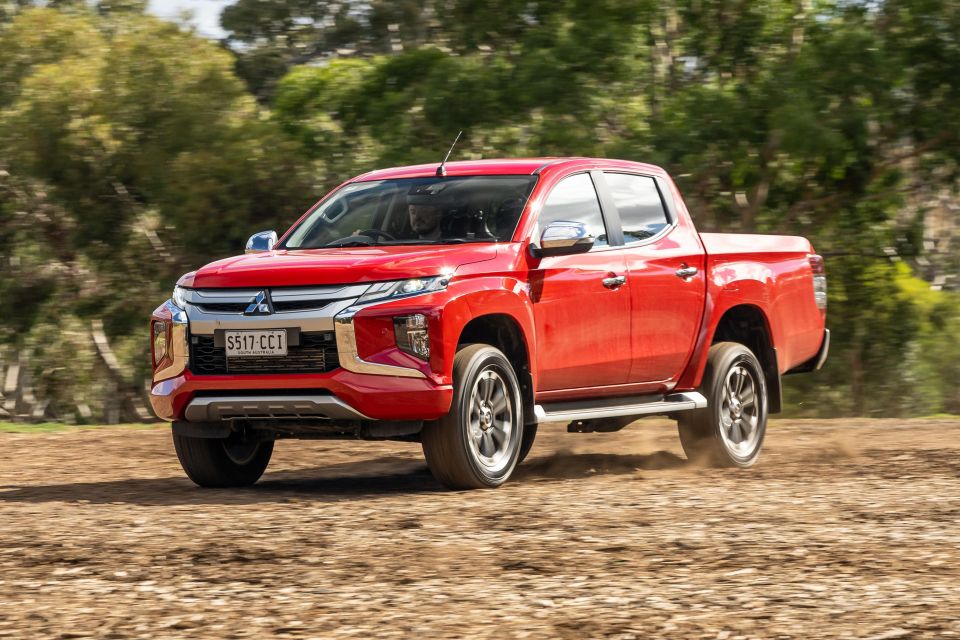
The next Triton won’t just have to contend with a surging D-Max and the indomitable Toyota HiLux and Ford Ranger.
Budget-priced utes are cutting into the Triton’s section of the market, offering better technology (GWM Ute) or more power (LDV T60).
They’re also undercutting the Triton on price, even though the Mitsubishi is already often thousands of dollars cheaper than a comparably-equipped HiLux or Ranger.
The current generation was introduced locally in 2015, with an aggressive facelift arriving for 2019.
The Triton was pushed into fourth place in ute sales in 2021, with 19,232 sales. That put it below the D-Max (25,117) but ahead of the Mazda BT-50 (15,662) and Nissan Navara (15,113).
The GWM Ute and LDV T60 are still sitting at less than half the Navara and BT-50’s numbers… for now.
Where expert car reviews meet expert car buying – CarExpert gives you trusted advice, personalised service and real savings on your next new car.
William Stopford is an automotive journalist with a passion for mainstream cars, automotive history and overseas auto markets.


Damion Smy
1 Hour Ago


Matt Robinson
4 Hours Ago


Damion Smy
4 Hours Ago


Damion Smy
18 Hours Ago


Damion Smy
19 Hours Ago


Damion Smy
21 Hours Ago